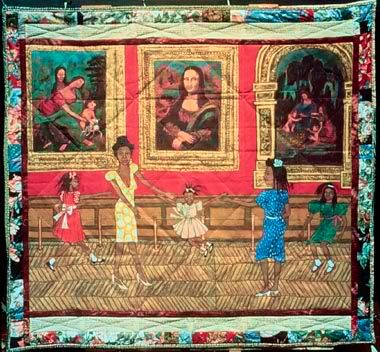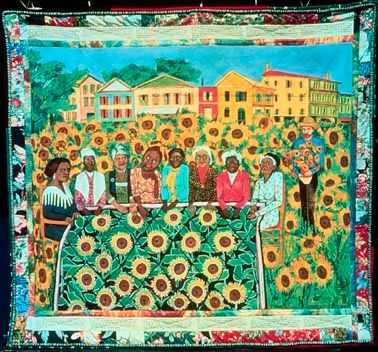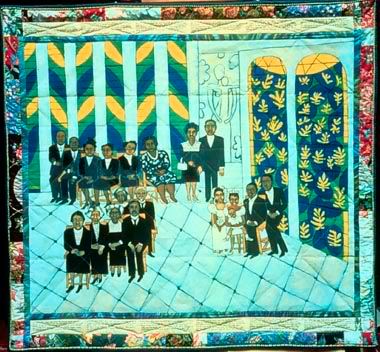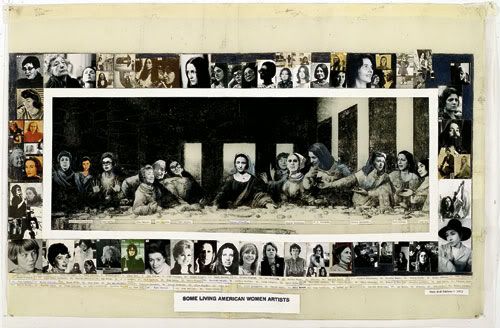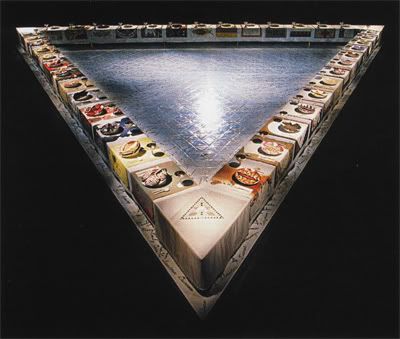Teacher: Ashley Malinosky
Title: Cityscape Silhouettes
Grade Level: 6
History/Background: The silhouette has remained a popular image in art since the beginning of time. Silhouette images can be found in various forms of ancient art such as cave paintings and Greek vessels. The technique became particularly popular in the 18th century when silhouette portraiture was common. There are many contemporary artists who are known for depicting silhouettes in their art, including Kara Walker and Karl Johnson.
PA Standards:9.1.6 A. Know and use the elements and principles of each art form to create works in the arts and humanities.
9.1.6 B. Recognize, know, use, and demonstrate a variety of appropriate arts elements and principles to produce, review, and revise original works in the arts.
9.1.6 C. Identify and use comprehensive vocabulary within each of the arts forms.
9.2.6 C. Relate works in the arts to varying styles and genre and to the periods in which they were created.
9.3.6 A. Know and use the critical process if the examination of works in the arts and humanities.
9.3.6 D. Evaluate works in the arts and humanities using a complex vocabulary of critical response.
9.4.6 D. Describe to what purpose philosophical ideas generated by artists can be conveyed through works in the arts and humanities.
NETS Standards:1. Creativity and Innovation
Students demonstrate creative thinking, construct knowledge, and develop innovative products and processes using technology.
2. Communication and Collaboration
Students use digital media and environments to communicate and work collaboratively, including at a distance, to support individual learning and contribute to the learning of others.
Goal: Students will create a multi-media cityscape silhouette collage.
Objectives:Students will:
1. Learn about silhouettes in art.
2. Learn about cityscapes in art.
3. Learn about collage.
4. Create a cityscape silhouette watercolor collage.
Visual Aids/Resources:Images of silhouette cityscapes in art-
Michael Penn photographyMonet's London PaintingsSavvyGalDesigns on Etsyimages of collages
teacher exemplar
Supplies/Materials:Watercolor paper
Watercolor paints
Brushes
Water containers
Magazines
Scissors
Glue
Rulers
Digital camera
Computers
Teacher Preparation: Create rubric, gather visual aids, magazines, prepare teaching board or PowerPoint to display visual aids, get out supplies.
Teaching:Introduction: Discuss silhouette history and show visual aids (use teaching board or PowerPoint). Ask students how silhouettes are different than traditional representations of people and things. Do they evoke a different feeling? What kind of feeling? Discuss method of collage and show visual aids. Ask students how they can use the collage method to create a silhouette. Discuss cityscapes and show visual aids. Introduce project and explain steps to students. Show teacher exemplar. Pass out rubric.
Directions:1. Using watercolor paper and watercolor paint, students will paint a sky sunset or a sky at night.
2. Using magazines, scissors, and rulers students trace and cut out shapes they need to create building silhouettes (rectangles, squares, triangles circles), pieces should not be bigger than approximately 1”x1”. Students may wish to create a few templates for shapes rather than using ruler to make straight lines for each shape. They should cut out light colors for windows and dark colors for buildings.
3. Students assemble collage pieces to make buildings and glue down pieces on top of their watercolor painting.
4. Students take digital photos of work, upload to classroom computer (or go to computer lab), email photograph to themselves, and for homework post on class blog, and write about their work and comment on each other’s work.
Closure: Students clean up. Students hang up work for one in-progress class critique and one final class critique.
Critique/Evaluation/Assessment: Students hang up collages. Have short class discussion about the art making experience. What was difficult? What was easy? What did you like or dislike about collage and creating a silhouette? Discuss each student’s piece briefly, ask the students to comment on each other’s pieces. What stands out to them, why?
Student projects will be assessed by teacher using rubric based on effort, craft, completion, and participation in the class critique.
Time Budget: Depending on working pace of students the project will need 3-4 days.
Vocabulary:Cityscape- an image or representation of a view of the city.
Collage- a technique in art in which various materials (usually paper) are glued to a surface.
Silhouette- the outline of something filled in by solid color, usually black.










